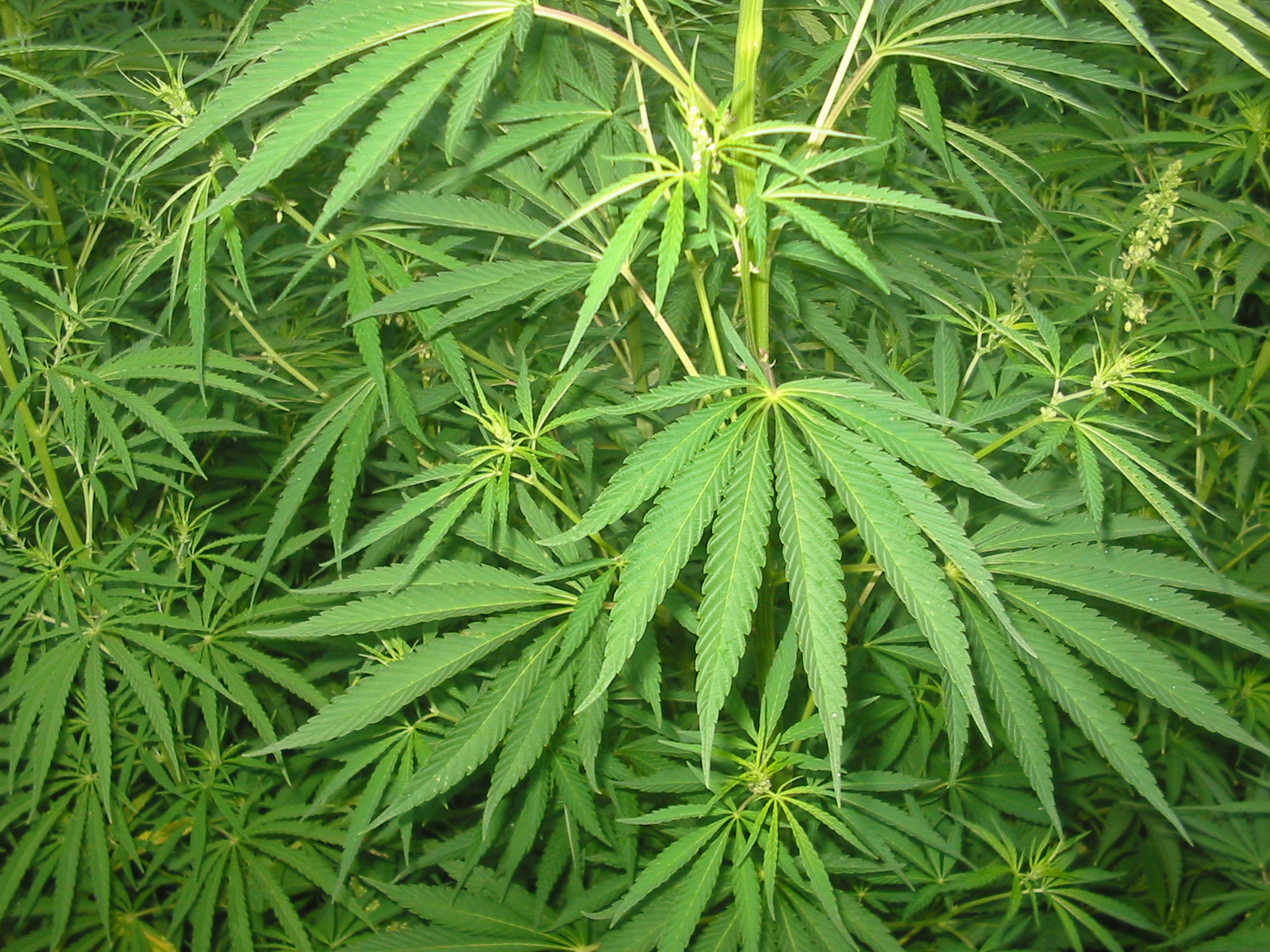
The United Nations Office of Drugs and Crime (UNODC) uncovered in its latest report 2012
that Morocco is no longer the world’s largest producer of hashish in
the world. The UNODC issued a report concerning drugs and crime in
which Morocco seems to be losing ground to Afghanistan, which is
becoming the world’s largest producers of cannabis resin.
The reports confirmed that Europe is the
largest market for Moroccan cannabis. However, new competitors from
Afghanistan and India have made recently their entry to the European
market.
“The majority of North African cannabis
resin consumed in Europe traditionally comes from Morocco but recent
data show that the relative importance of that source country could be
on the decline, whereas the relative importance of other countries, such
as Afghanistan and India, is on the increase,” says the report.
The report highlighted also the efforts made by the Moroccan government to reduce the cultivation of cannabis in Morocco.
Although Morocco was still the “main
source country of cannabis resin during the period 2002-2010, it is no
longer the world’s largest producer. According to the date provided in
the UNODC report, while Morocco produced 760 tons of cannabis resin in
2010, Afghanistan produced between 1,200 and 3,700 tons, which “makes
Afghanistan a very important — if not the most important — producer of
cannabis resin worldwide.”
The lands productivity in Afghanistan
remains higher than in Morocco. 128 kg of cannabis per Hectare are
produced in Afghanistan, whereas Morocco produces 48 Kg of cannabis per
hectare.
The United Nations Office of Drugs and
Crime (UNODC) reported in its survey of cannabis cultivation in Morocco
that the crop is providing incomes for nearly 100,000 peasant farms and
800,000 people. “In the past 20 years, cannabis cultivation has spread
from the traditional areas in the central Rif, where it has been grown
since the 15th century, to new areas,” UNDOC reported.
UN officials point out that cannabis
risks corrupting the social and economic structure and compromising any
prospects of sustainable development in the areas where it is produced.
Moreover, they ascribe the boom in Moroccan cannabis production to the
spectacular expansion of drug consumption” in Europe since the 1970s.
A survey conducted in 2004 by the UNODC
estimated cannabis cultivation to 120,500 hectares with a decrease of
10% compared to 2003. The most important decreases took place in the
provinces of Al Hoceima (-54%) and Taounate (-43%) while a smaller
decrease was noted in the province of Larache (- 1%). These decreases
are attributed to outreach activities by the local administration. On
the other hand Cannabis cultivation increased significantly in the
provinces of Tetouan (+19%) and Chefchaouen (+13%). The 2004 reported
pinpointed also that 62% of cannabis cultivation is concentrated in the
province of Chefchaouen.
Though used for medicinal purposes
contained in its fiber, seeds and seed oil, the cannabis plant is more
known as a recreational drug. Hashish is a cannabis production composed
of stalked resin collected from the unfertilized buds of the cannabis
plant. The psychoactive effects of cannabis include a primary state of
relaxation known as Euphoria followed by a state of philosophical
thinking among cases of anxiety and paranoia.
No comments:
Post a Comment